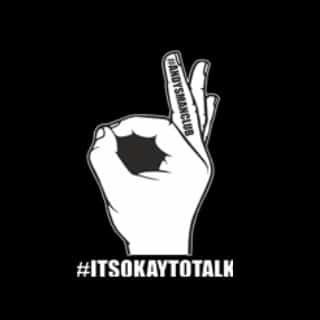Have you ever met someone who wears overwork and stress as a badge of honour? They are a lot less common these days, but you still occasionally meet them. Bill from sales or Jane, the supervisor who seems to consistently need to work extended hours and are constantly compensating for others. The odd thing is that they often seem to take pride in their problem, which is a remarkable phenomenon because often they are describing the signs and symptoms of burnout. So, what is going on here, and how is it happening?
IS BURNOUT IMPORTANT?
There has always been, and maybe even still is, a stigma about burnout. Much like mental wellness, discussing burnout was almost taboo in many workplaces until quite recently. The line between work ethic and overworking is a fairly thin one, and this may be where that misplaced pride in what is actually a serious problem comes from. We all want to feel that we are doing well at work and that we are performing above expectations. The irony of this is that the effects of burnout are exactly the opposite of peak performance.
Just the performance-related symptoms include:
Cynicism
A lack of enthusiasm
Irritability
Problems with concentration
Increased mistakes and lack of attention to details
More serious, though, are the physical dangers of burnout. These include:
Exhaustion
Depression
Increased vulnerability to virus and bacterial infections
Digestions and bowel problems
Anxiety
Increased illness
And these are only part of the list of symptoms.
So, is burnout important? Well, if you look at the symptoms above from an employer’s perspective, it is practically the opposite of what you would look for in an employee. If you look down the list as a caring human being, you see someone who desperately needs help and is heading for or already experiencing a very rough time.
WHAT CAUSES BURNOUT AND THE STRESS FACTOR
It’s not uncommon for stress and burnout to go hand in hand and even be mistaken for each other. Stress, though, is short term and a result of specific stressors. So, it is easy to become stressed when a deadline is due. Burnout is long term and much harder to spot and therefore harder to resolve. Repeating stressful situations do contribute to burnout, though and are part of the overall situation surrounding it. Burnout, in a generalised way, is caused by the need to continually meet unreasonable standards or the belief that you are not meeting the required standards. Where it differs from stress is that in most cases, we can point to a stress factor and know that it is the cause of the problem. With burnout, we become jaded and lost with no end in sight. To put perspective in the difference, taking a couple of days off after a stressful week is often a solution. For burnout, it will probably not help and may even make the situation worse because the sufferer is dreading returning to work. Burnout, therefore, needs to be managed over time.
HOW TO SPOT BURNOUT AND THE HYBRID WORKING PROBLEM
One of the biggest differences between stress and burnout, the extended time scale of the latter, is one of the things that also makes it more difficult to spot. Burnout builds over time, so managers and others on the team tend to get used to the changes in the sufferer. Therefore, It’s really important, that managers look for the long-term changes in an employee rather than allow themselves to be blindsided by non-performance or short terms stress situations.
Hybrid working adds a further problem to this situation. In fact, as isolation and feeling disconnected from guidance or management can be one of the causes of burnout, hybrid working can contribute considerably.
BURNOUT IS A RESULT, NOT A CAUSE
The first place to look is internally when burnout is a potential issue. Workplace burnout (as we should more accurately call it – burnout can happen in other places as well) is often a result of a lack of affirmation or loss of direction. We all need to feel respected, but it is easy, particularly with high performing employees, to take employee workloads for granted. We also need to fit well into the expectations of our role. If an employee’s job role changes over time, for example, that can change whether the role is a good fit for them. If this change is slow and subtle, then it can go unnoticed. The demands of the role can increase in ways that are not being measured or monitored. In short, recognition and guidance coupled with an honest appraisal and structured development system will go a long way to combatting burnout. It’s important, particularly when dealing with workers who are on hybrid contracts to put measures in place to increase inclusivity and create an atmosphere where reporting in a supporting way is encouraged.
Going right back to our burning out workers from the first paragraph, one thing to note is that they will not, in fact probably cannot, raise the issue themselves. The worse scenario is that a burned-out employee on a hybrid contract sits at home feeling worthless and growing more and more isolated and cynical about their job. Since they cannot reach out to the employer for help, the employer needs to find ways to reach out to them. If not, the chances of losing them are increasingly high.





